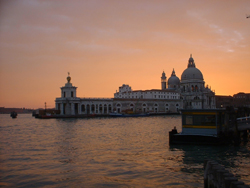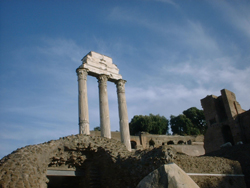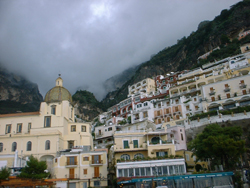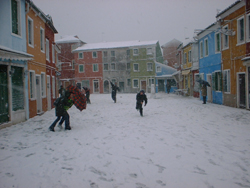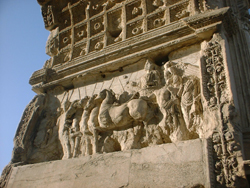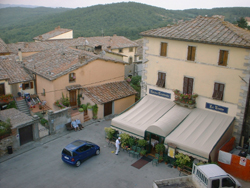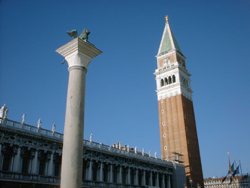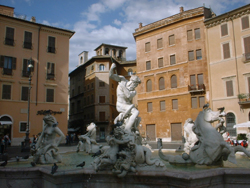|
|
|
|
|
|
Welcome to ItalianSoap.com Our goal is to catalog beautiful soaps from this beautiful place.
|
|
|
|
We have found BonSavon.com and they have a nice selection of Italian soaps for sale. This link will take you right to their Italian Soaps. |
|
|
|
Italian Soaps we like. Cali Midani Erbe Ranće Spuma di Sciampagna |
|
|
|
A little Italian Soap History The world is filled with ruins of old roman baths so we know the Romans loved to bath. It makes sense that they liked to make beautiful soap. At first it was olive oil mixed with herbs. Eventually they learned to mix herbs, tallow, ash, salt and sand to make a solid bar soap. The salt and sand helped make a pumice to clear dead skin. |
|
|
|
Much of bathing was done in public and as people met and bathed they shared recipes for soap, much like cooking and the art of soap making was born. The ancient ruins of Pompeii show us just how important soap was. During the discovery of this town and civilization a soap bar factory was found complete with scented soap bars which had been well preserved. While the rich did not bathe in public, they were known to buy special soaps know to heal. |
|
|
|
Pharmacies sold many different varieties of soap to cure many different ailments. Much like modern soap making. We know that certain oils and blends are good for our skin, refreshing and relaxing. The early Romans learned all kinds of beauty tips including one from Cleopatra who was known to bath in milk and stated this was her beauty secret. |
|
|
|
In roman homes many had water features from diverted rivers that ran under the house. The Roman aqueducts still survive today. One of the ways the Romans scented their homes was to add herb and flower infused oils to the water fountains in the homes. Today some people use their hot tub baths the same way. How did people discover soap? |
|
|
|
Here is one theory which makes sense. Soap was discovered by the washing women who took clothing to washed in the Tiber River at the bottom of Sapo Hill. Soap in Italian is Sapone Why at the river near Sapo Hill? |
|
|
|
The washing women of Rome swore that clothes became cleaner, faster at this location. Here is why. Up above the Tiber river at this location, sacrificial fire were burned. Animals were burned in this sacrifice and the result was the animal fat mixed with ash and then rain would wash down into the Tiber River. This gave the washing women the help needed to wash clothes cleaner and faster. To make soap, or saponification still bears the name of the famous hill in Rome. |
|
|
|
And then they stopped bathing? During the middle ages public baths became taboo. The reason was the Black Death or the Plague. People meeting each other this way was the reason thought for the spread. Also it was believed that cleaning your self too much took away your natural ability to fight off the disease. |
|
|
|
During the Plague people learned to use perfumes to cover the smell instead of bathing to remove the smell. Eventually even common people build personal bathing areas into their homes and with this came the need for more manufactured soap as soap making was a time consuming process. Early soap was still made mostly with animal fats but as other countries entered the soap making and selling market, competition became intense. |
|
|
|
In Southern Europe, Italy, France or Spain the process of cooking down olive oil was discovered. The quality of plant oils was far superior to that of animal fats and these regions become known for the art of soap making. The herbal and florals used in soap making really came out with the plant oil base and know we all know that this type of soap is the best. |
|
|
|
If you have any questions or suggestions, please email us at. |
|
|
|
|
|


